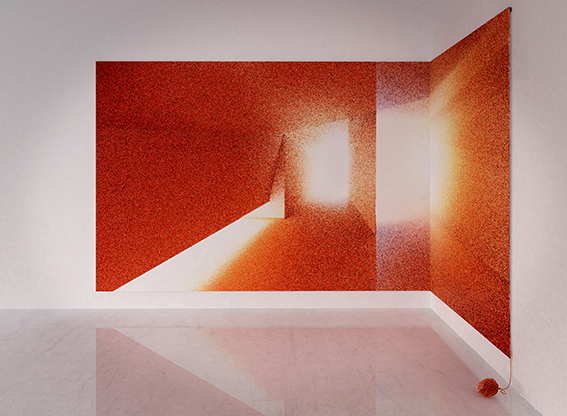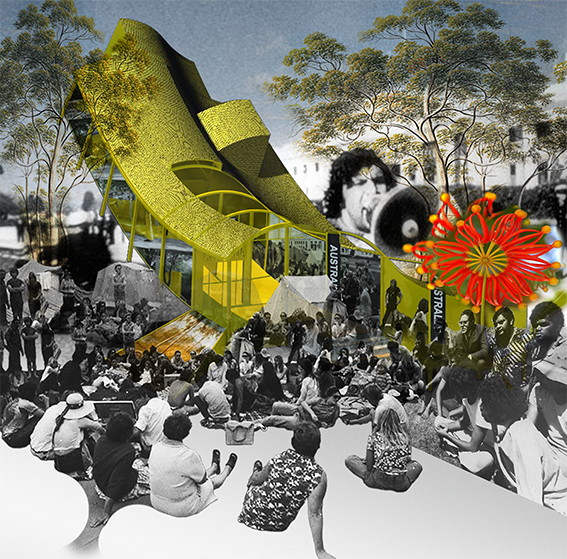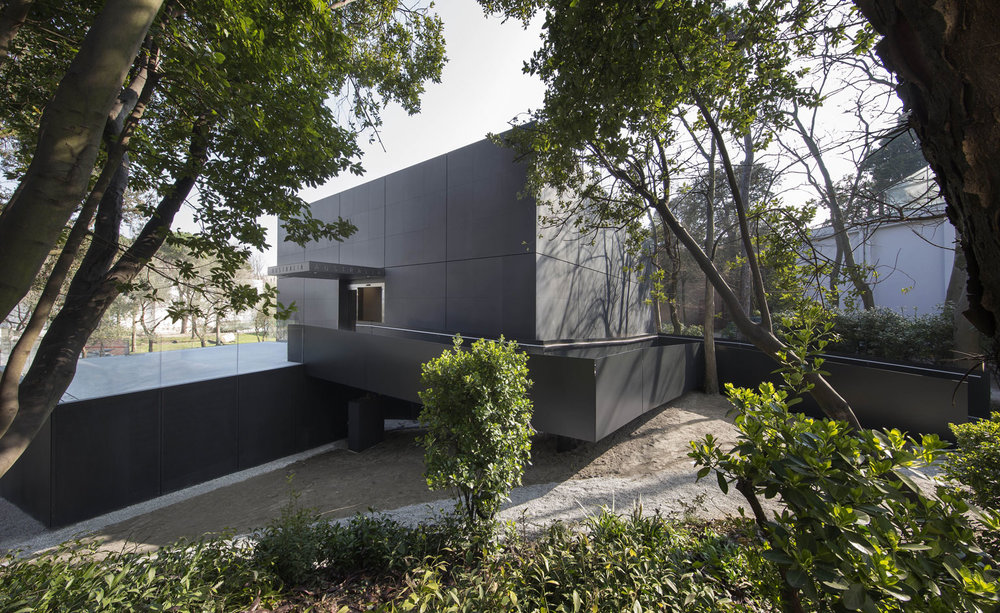



JOINT WINNER'S: John Wardle Architects & KGA Architecture (Kristin Green) & Michelle Hamer
THIRD PRIZE: Peter Elliott Architecture and Urban Design
PEOPLE'S CHOICE: Index Architecture (Laura Mártires)
The inaugural 2015 TDPA saw 42 entries received from architects. The judging panel shortlisted these entries down to 12 finalists including:
Attiwill Lee Penn Scott, Jonathan Donnelly, Index Architecture (Laura Martires), Lucy Irvine, Robyn Creagh & Mark Robertson, John Wardle Architects, Kennedy Nolan, KGA Architecture (Kristin Green) & Michelle Hamer, Muir Mendes (Amy Muir), Multiplicity in collaboration with Meinphoto, Ainslie Murray & panovscott, Owen and Vokes and Peters with The Letter D, and Peter Elliott Architecture and Urban Design.
There were joint First Prize winners: John Wardle Architects for Perspective on a Flat Surface and Kristin Green and Michelle Hamer (KGA Architecture) for Long Term Parking. The judges’ decision to award an equal first prize highlighted the strength of the entries, particularly the joint winners. No second prize was awarded; however, a third prize went to Peter Elliott Architecture and Urban Design. Laura Mártires of Index Architecture received the People’s Choice Award.
The hypothetical site for the 2015 Tapestry Design Prize for Architects is the Denton Corker Marshall designed Australian Pavilion in the Giardini in Venice. Architects were invited to submit proposals for a tapestry that would grace the 'white cube' of the interior, lit partly by a skylight. Australia has had a national pavilion in the prestigious Giardini since 1988 – one of only 29 countries to have a permanent national presence at the Biennale. The original pavilion, designed by Phillip Cox, was built as a temporary structure and was opened in 1988. Australia will be the first country to redevelop and build a 21st century pavilion in the Giardini. The new pavilion, designed by Denton Corker Marshall, will provide an elegant home to showcase the best of Australian art and architecture. The redevelopment will be delivered through a public-private partnership, in the same manner that the Philip Cox pavilion was realised a quarter of a century ago.
On the selection panel was: Professor Kay Lawrence AM (chair, University of South Australia), Leon van Schaik AO (RMIT University), Brian Zulaikha (Tonkin Zulaikha Greer), Hannah Tribe (Tribe Studio), John Gollings (architectural photographer) and Jason Smith (Queensland Art Gallery/Gallery of Modern Art).
John Wardle Architects’ winning design for the Australian Tapestry Workshop’s inaugural Tapestry Design Prize for Architects was produced for the new Phoenix Gallery in Sydney. Following the competition in 2015, John Wardle Architects, on behalf of the Australian Tapestry Workshop, approached arts philanthropist Judith Neilson AM for a donation to help fund the making of the tapestry.
“We approached Judith thinking that she may wish to donate some money towards it,” said John Wardle. “She decided to fund the whole thing, which is an extraordinary act of generosity.” The tapestry design plays on the relationship between architectural interior as an enclosure and tapestry as a surface. We thought, maybe we could combine what we do as architects – space-making and the performance of space – and see if we could project that into a form that could be made into a tapestry,” Wardle said. “The one thing that we deal with that tapestries invariably don’t is perspective.”
The tapestry references Renaissance architect Andrea Palladio’s Teatro Olimpico (Olympic Theatre) in Vicenza, Italy with its set design by Vincenzo Scamozzi. The sets feature exaggerated perspectives of long streets receding into the horizon.